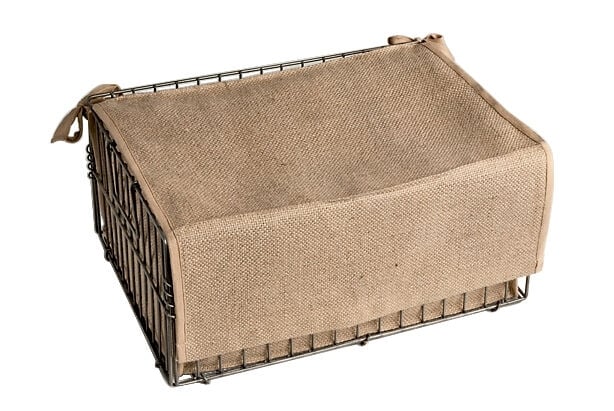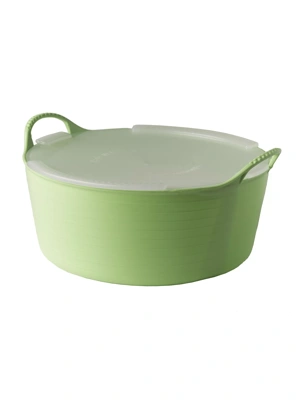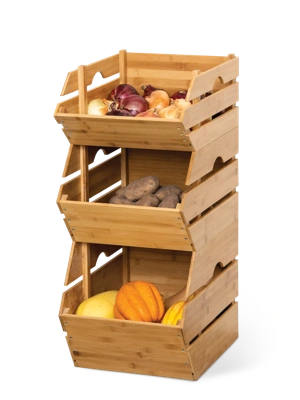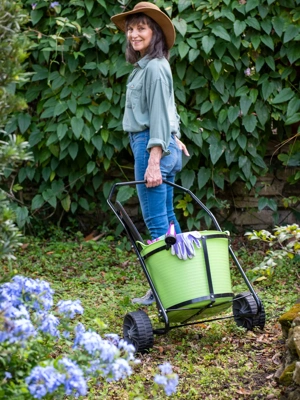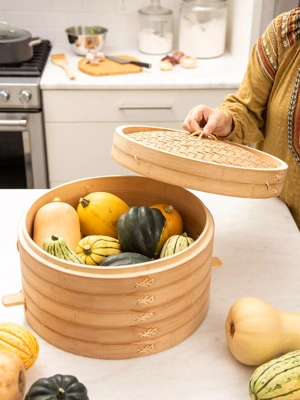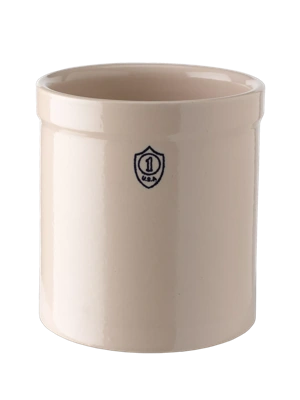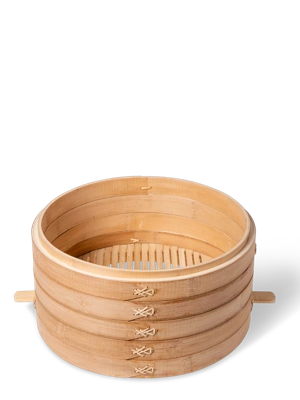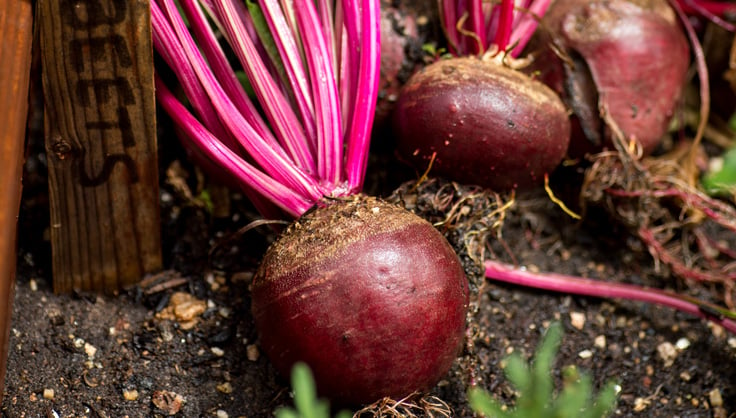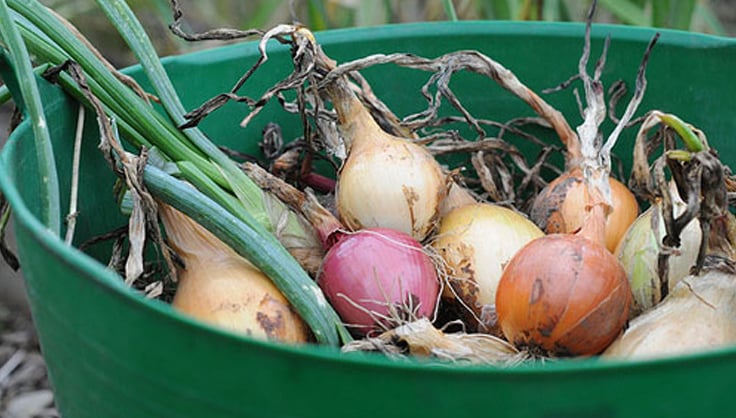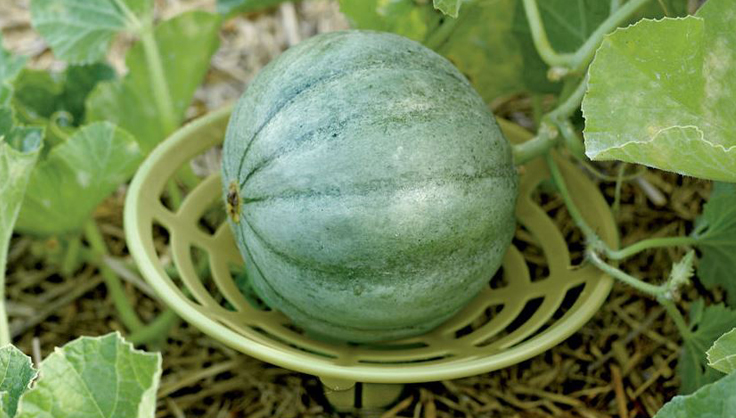How to Store Beets

For winter storage, choose beet varieties known to be good keepers. Vegetables store best when they're harvested at — not past — maturity. This is especially true for beets and carrots. In most areas, this means that crops intended for winter storage are not sown until late June or July.
To maintain good eating quality, beets need to be kept at a constant temperature between 32-40 degrees F, and at 90-95 percent humidity. There are three ways that home gardeners can provide these ideal storage conditions: in a refrigerator, in moist sand or right in the garden. To store these crops in a refrigerator or in sand, start by harvesting the roots. Handle them gently to avoid bruising or nicking. Use scissors to cut off all but 1/2″ of the foliage. Rub the roots gently (do not wash them in water) to remove most soil. Don't cut off the root end because this will invite decay.
3 Ways To Keep Your Beets
1. Storing Beets in a Refrigerator
For refrigerator storage, lie similar-sized, same-variety vegetables in a single layer in gallon freezer bags. Remove as much air as possible before sealing each bag. Stack bags flat on a shelf or in a drawer in the refrigerator. Check monthly for decay and use those first. Beets will stay hard and sweet for five months or more. Should there be fine root hairs or a little decay, simply peel this off; the root itself will be fine. Beets can be shredded raw into salads, boiled, pickled, or roasted.
2. Storing Beets in Sand
A second technique is to store these crops in moist sand. Prepare the roots as above. Moisten clean sand in a large container or wheelbarrow. Pack the vegetables into a tub, wooden box, 5-gallon bucket, plastic-lined cardboard box, or a Root Storage Bin. Start by placing several inches of moist sand on the bottom of the storage container. Lay vegetables on the sand in a single layer, not touching each other. Cover them completely with sand and continue layering until the box or bin is full. Top with a layer of moist sand. The container will be heavy when full, so plan accordingly. Remove the stored vegetables as needed.
3. Storing Beets in the Ground
A third technique (for cool climates) is to store these crops right in the ground. Before hard frost, cover un-harvested carrots and beets with a 12-18 -inch layer of straw or leaves. The shoulders of beets are susceptible to frost damage, so be sure to cover them before heavy frost. Lift back the mulch and harvest as needed. If spring comes before all the roots have been harvested, dig and use them up before the soil begins to warm.
How about storing those lesser-known root crops? Rutabagas store well in the refrigerator; prep and store just as you would beets and carrots. Parsnips may be stored in damp sand or can be left in the ground under mulch. Celeraic can be stored in either the refrigerator or in damp sand.
Last updated: 09/06/2023
Print this Article:
Related items
Related Articles
Get the Dirt
Stay up to date on new articles and advice. Please fill out the information below.


